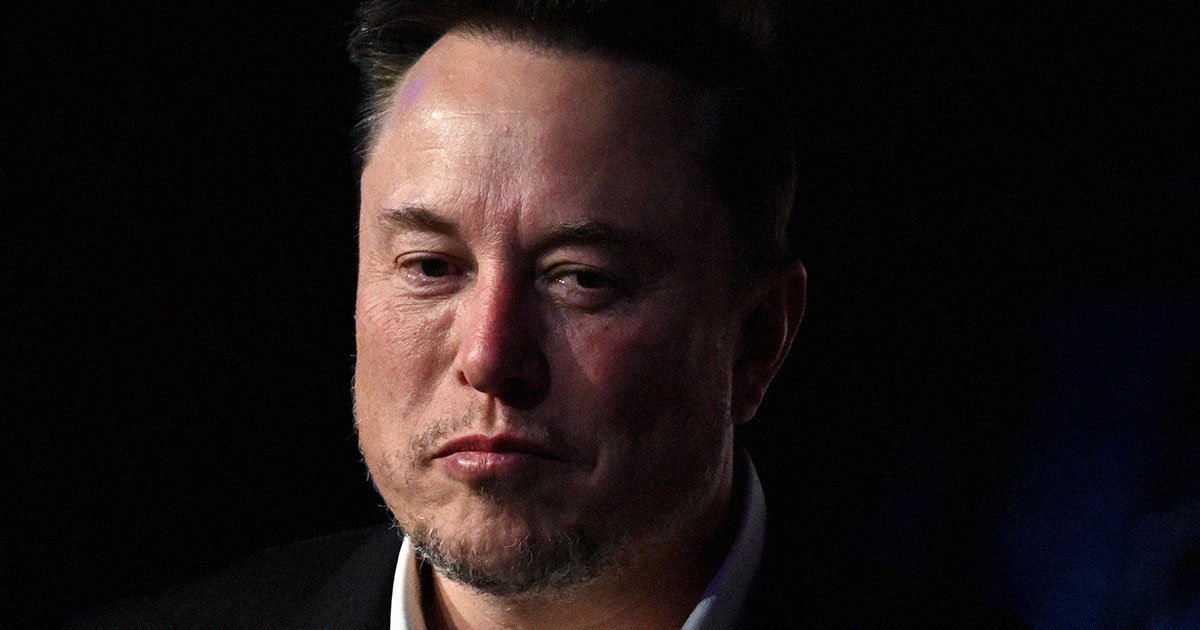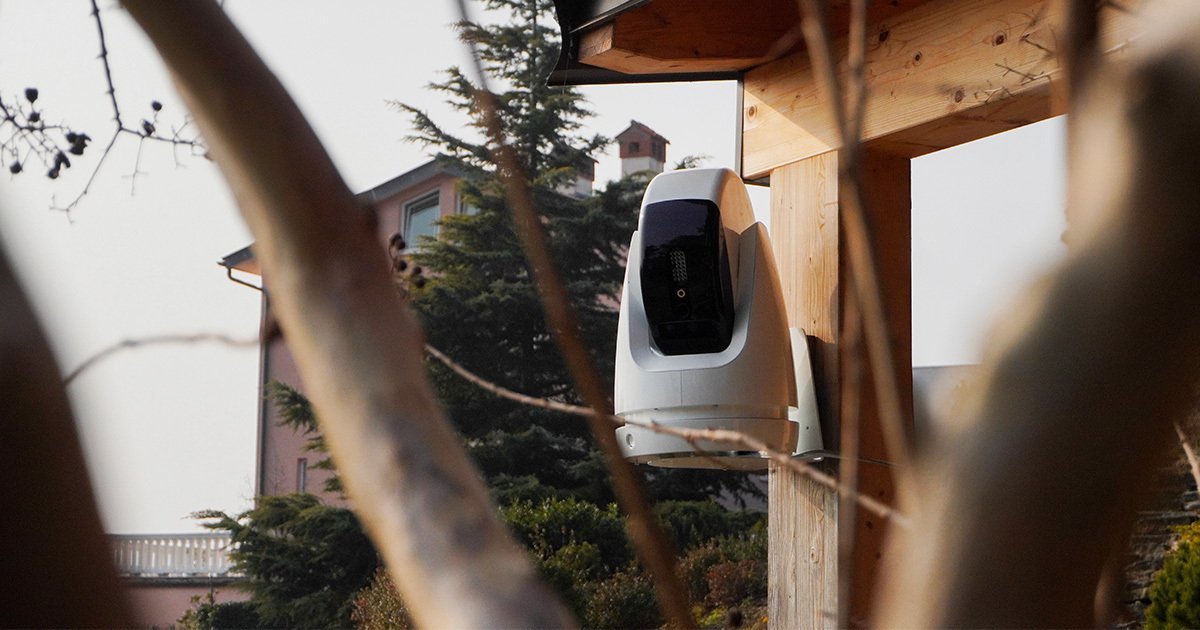The Economics of Running an AI Company Are Disastrous


AI companies are spending untold billions of dollars building out data centers to support behemoth AI models — and a return on their investments is still nowhere in sight.
Valuations have soared well past the trillion-dollar mark, with AI chipmaker Nvidia becoming the world’s most valuable company with a market cap that recently topped $4.5 trillion.
But that’s all, despite AI company revenues barely making a dent on balance sheets. And as the Wall Street Journal reports, it’s not just smaller AI firms losing copious amounts of money. Even the biggest players are losing billions — “brutal” economics that highlight growing concerns of an enormous AI bubble that could burst at any moment.
One key problem stems from AI firms’ efforts to fight “hallucinations,” one of the biggest and stickiest problems plaguing the industry. To coax more reliable and trustworthy answers out of AI chatbots, companies are using techniques like reinforcement learning — which are driving resource needs up, not down.
That’s coming as consumer demand continues to rise — particularly when it comes to even more resource-intensive text-to-video models, like OpenAI’s Sora 2 — and companies like OpenAI and Anthropic will have to pick up massively growing bills.
For now, investors have played along, as the WSJ points out, continuing to fund major data center projects and hiring sprees. But how long they’ll continue bankrolling an industry with meager returns on investments remains unclear.
Tech leaders, like AI chipmaker Nvidia CEO Jensen Huang, unsurprisingly expect AI computing demands to continue to grow. The construction of major data centers could also unlock massive new compute resources and potentially drive down costs for AI firms in the long term, as financial services firm Citi’s global sector lead for technology and communications research Heath Terry told the WSJ.
Proponents argue that AI models could eventually teach themselves how to improve, as Meta CEO Mark Zuckerberg promised during a July earnings call.
But whether these prognostications will ever be realized remains to be seen. Hallucinations, in particular, have proven a tough nut to crack, with frontier models continuing to stumble over the simplest of queries.
And if the business world will fund it all, it isn’t happening yet. Earlier this month, researchers also found that AI isn’t replacing as many jobs as feared. And recent MIT research found that only around five percent of businesses succeed at “rapid revenue acceleration” with AI, with the vast majority falling flat.
Researchers have also warned that AI data centers age rapidly, meaning any they build will need constant upkeep due to obsolete hardware and constant strain.
Analysts expect only a few ventures to survive if an AI boom were to ever lead to an AI bust, much like the handful of tech companies that successfully adapted to a new post-dot-com bubble world.
In the end, investors predict only a few players will reap the benefits of the current spending spree, indicating many of the current crop of AI companies will succumb to the industry’s disastrous economics.
“In venture capital, six percent of investments result in 60 percent of returns,” venture capitalist Vinod Khosla told the WSJ. “In AI, I think it will be half that percentage resulting in more than 60 percent of returns.”
More on AI investments: AI Data Centers Are an Even Bigger Disaster Than Previously Thought











